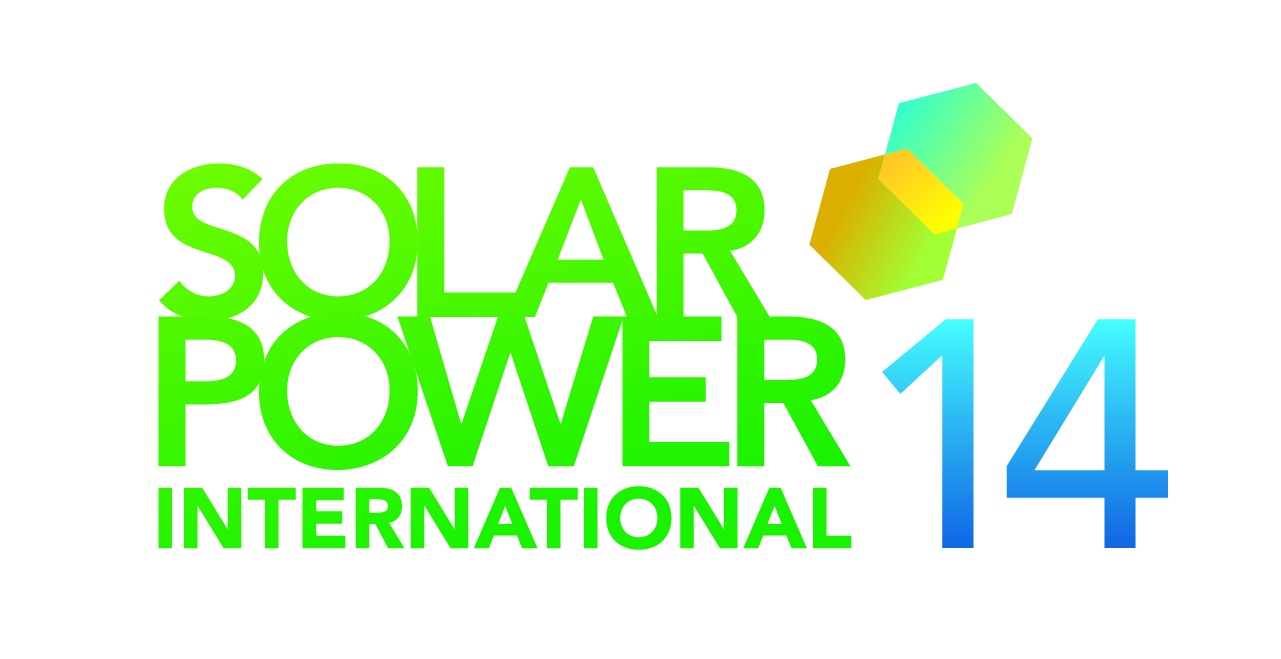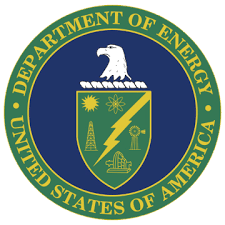
by Colin Swan | Sep 7, 2016 | News
By Bay Area Living Staff
PUBLISHED: August 31, 2016 at 2:16 pm | UPDATED: September 1, 2016 at 9:37 pm
PIEDMONT — The city of Piedmont, as well as Fremont, San Francisco and Oakland and employers such as Google, Salesforce and Genentech are partnering to make it easier for Bay Area homeowners to go solar through the 2016 Bay Area SunShares program.
Under the SunShares program, any Bay Area resident (as well as residents of Sacramento and Yolo counties) can purchase discounted Zero Emissions Vehicles (ZEVs), including the all-electric Nissan Leaf and the Toyota Mirai, a hydrogen fuel cell electric vehicle, or install rooftop solar at prices well below market rates. The program also offers free workshops that can help homeowners, drivers, and renters understand their clean energy options.
Previous SunShares programs have led to almost 5 megawatts of new solar equipment installed across Northern California, enough to power more than 820 homes.
In Piedmont, the 2015 SunShares program was responsible for seven new residential solar installations, making up about 12.5 percent of the total residential solar equipment installed in the past year. This year’s program is the largest to date, including discounts from multiple solar providers, and is the first SunShares program to fully incorporate a ZEV discount component as well as education on options for renters.
Administered by the Business Council on Climate Change (a fiscally sponsored project of the 501(c)3 organization Community Initiatives), SunShares helps solar and ZEV companies reduce high costs associated with customer education and acquisition, which in turn allows the firms to offer discounted pricing.
“The Bay Area SunShares program is a prime example of how Bay Area companies and local governments are joining forces to create local solutions toward a clean energy future,” said Christina Armor, SunShares manager with the Business Council on Climate Change. “The program is especially innovative because it helps businesses and the community work together to make it simple and affordable for people get off fossil fuels.”
A volunteer community evaluation committee selected three solar vendors (PetersenDean, Skytech Solar, and Sunrun) and two ZEV vendors (Premier Nissan of San Jose and San Francisco Toyota) for the 2016 Bay Area SunShares program.
Reduced rates are available for the 2016 Nissan Leaf all electric vehicle and the new Toyota Mirai hydrogen fuel cell vehicle. Pricing for residential solar starts at 15 percent below market rates and participants can sign up to receive a no-obligation quote for their home.
“As of 2014, nearly half of Piedmont’s greenhouse gas (GHG) emissions were the result of transportation, surpassing residential energy use as the top contributor,” said Planning Director Kevin Jackson. “However, residential consumption is still a close second at 45 percent of GHG emissions. Therefore, while Piedmont residents have done great work toward reducing their energy consumption, it is imperative to keep going in order to ensure that we meet our 2020 Climate Action Plan goal and the goals set by the city for the years after 2020.
“Access to incentives for both solar and zero emissions vehicles through SunShares provides Piedmonters with the opportunity to reduce consumption in the city’s two largest emissions sectors,” he continued.
SunShares registration officially launched Aug. 10. Participants will have until Nov. 4 to sign up for limited-time discounts, and must sign a contract with one of the selected solar or ZEV providers by Nov. 18 to qualify for the group discount available through Bay Area SunShares.
For more information on Bay Area SunShares, please write to sunshares@bc3sfbay.org or visit www.bayareasunshares.org.
— City of Piedmont

by Colin Swan | Oct 29, 2014 | News
One of the biggest solar events of the year, Solar Power International (SPI), took place last week in Las Vegas. SPI hosted most of the major players in the solar industry and served as a platform for new product and policy announcements, projections about the future and some good old-fashioned shmoozing. Here are some of the biggest headlines that came out of Sin City last week.
- Enphase makes two big announcements. Enphase, the industry leader in inverter technology, unleashed its fifth-generation micro-inverter featuring 275-watt AC output. The new model will be able to accommodate higher-wattage modules than the previous one, which was limited to 250 watts AC. Even more surprising, though, was Enphase’s entry into the energy storage scene with a battery announcement. While battery backup systems are at this point far too expensive to be widely cost-effective, Enphase’s new product is likely to help drive costs down faster. Enphase executives expect the battery to come in cheaper than current offerings from Tesla and SolarCity.
- Speaking of SolarCity… Lyndon Rive, CEO of top US installer SolarCity, made some headlines with his speech on Tuesday. Continuing on the topic of energy storage, Rive projected that “every solar system will have a storage system with it.” Rive also advocated strongly for stronger policy support for the solar industry, arguing that the federal government ought either to institute a tax on companies that pollute or support companies that don’t through an indefinite extension of the 30% federal investment tax credit.
- Big names from Washington support key solar policies. Senator Reid, whose home state is Nevada, was in attendance to praise the growth of the national solar industry and defend the policies in place to support it. Like Rive, Senator Reid called for the investment tax credit, which is only in place until 2016, to be extended further into the future.
Secretary of Energy Ernest Moniz was also on hand, speaking in front of a massive solar array recently installed on the roof of the Mandalay Bay. Secretary Moniz announced $53 million of funding for solar research and development through the federal SunShot Initiative, intended to drive down the cost of solar through 2020. Stephen Lacey at GreenTech Media has an interesting take on this announcement, questioning whether SunShot funding is necessary to incentivize companies to innovate further.
Moniz also told listeners to look forward to a new round of federal loan guarantees for renewable energy projects. While the loan guarantee program has been stigmatized by the high-profile collapse of Solyndra years ago, Moniz defended the program by citing a 98 percent success rate.

by Colin Swan | Oct 23, 2014 | News

The Department of Energy (DOE) published a study earlier this week providing hard evidence for what most in the solar industry already intuitively know: solar prices are lower than ever.
The report finds that the average price of distributed solar systems in the United States fell between 12 to 19 percent in 2013, with a further 3 to 12 percent reduction expected for 2014. The price drops are keeping the United States solar industry on track to reach the 2020 goal of producing solar electricity at $0.06/kWh, laid out by the DOE’s SunShot Initiative. Reaching this target is expected to bring solar to “grid parity,” the point at which it becomes cost-competitive with traditional sources of electricity such as coal and natural gas.
While this update about falling costs is undoubtedly exciting news, it’s also important to keep future expectations in check. The DOE’s forecasted 2014 price drop is significantly less than that of 2013, and most indicators point to prices flattening out in the future. Considering that the 30% federal investment tax credit is slated to expire in 2016, there is little long-term incentive to wait around for prices to go down further. With this data at your fingertips, free money from the GoSolarSF rebate program available and Bay Area solar companies on hand to install at lower prices than ever before, today is a beautiful day to go solar.

by Colin Swan | Jun 5, 2014 | News
Powering America
With the rise of the modern age of technology and transportation, there has been a need for a source of energy that meets consumer demand. Over the years, two of the main sources of energy have been crude oil and natural gas. This trend is anticipated to continue until 2040, with the consumption of such energy sources predicted to grow.
Past Trends & Future Predictions
The past is a great indicator for the future, which is why it’s important to check out past trends for energy use. Petroleum has long been a source of energy, with consumption of this energy source spiking a few decades ago. Since then, other energy sources have become more popular, such as natural gas, allowing the consumption of crude oil to lower. Although this energy source has lowered over the years, it is still a popular way to energize homes and vehicles and it’s anticipated to continue being a popular energy source in the future. In fact, the use of crude oil should increase a projected 56% by 2040. Natural gas, another popular energy source for the past and present, is also projected to rise over the years. This prediction is based on the popularity of this energy source due to its low cost.
Carbon Dioxide Emissions
With the rise in energy consumption in both residential and commercial sectors, energy waste and carbon dioxide emissions have become a hot topic. Currently, endeavors are being taken to help lower carbon dioxide emissions, and the goal is for this trend to continue, with carbon dioxide emissions decreasing over the years.

Click below to embed this infographic into your website:

by Colin Swan | Apr 24, 2014 | News
Solar power is clean, efficient, and sustainable. The earth is rapidly being depleted of fossil fuel sources. The sun is a daily provider of energy. Solar power systems are being used world-wide to power energy for homes, businesses, and power plants. It is important to learn about solar power facts, as it is a great source for renewable energy.
Solar power is safe for the environment. It is an abundant energy source that is drawn into photovoltaic panels and stored in batteries for use as needed. This direct current energy, DC, is converted into alternating current electricity, or AC.
Solar power can be tapped into from any place on earth, from a rural town to a bustling city, and even from a solitary mountain cabin. Solar panels can be placed on the roof of a building, or mounted onto poles located on a home or business owners’ property. Accessing this energy source is pollution-free and causes little to no noise, which can bother the neighbors.
Electricity that is converted from solar energy can be used to heat water, day or night. It can also power the pump to draw water from a well. It heats homes, and provides light and electricity for normal everyday life for families. Solar power is now being used to power vehicles, which saves on gas, while reducing pollution that damages the environment.
As the population continues to grow, people should learn about solar power facts, while striving to make a major effort to stop dependence on fossil fuels. As technology advances, it may be possible that no fossil fuels will be needed to produce and transport these cells, making solar power a true zero-carbon output energy source.
by Colin Swan | Apr 22, 2014 | News
Solar panels are a collection of solar cells that are bound together to create a durable, long-lasting source to draw energy from the sun. Solar panels for home use collect energy from direct sunlight that is then stored in a bank of batteries. The process of converting sunlight into electricity is called photovoltaics.
The larger the area that solar panels cover on a home, the more energy can be collected. Photovoltaic panels, or PVs, aid in the collection of direct current energy that is used to provide alternating current electricity. It is a homeowner’s self-sufficient energy source that can heat a home, water, swimming pools, and indoor or outdoor lighting. When the energy is stored in batteries, it can be used during the day or night.
A solar energy system consists of the panels, charge controller, fuses, an inverter, and a transfer switch. A generator is also important to a fully operational solar power system. It is important to have a professional team, from sales to installation, who will explain and set up the network on a property.
Solar panels for home use are an investment in green or renewable energy. The warrantied units which can be mounted on to the roof of a building or a pole on the property can provide over thirty years of low maintenance service. It is an exciting choice for a homeowner who is able to invest in a renewable source that benefits the planet and its’ future. Potential freedom from the utility company is an added bonus.






